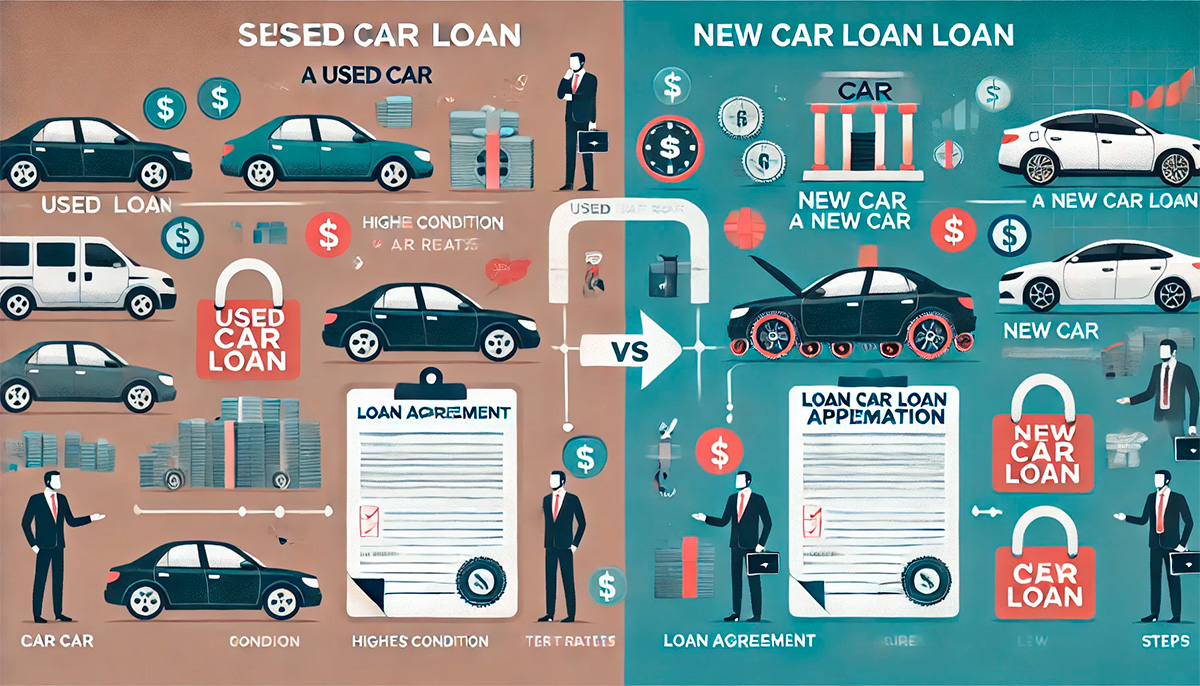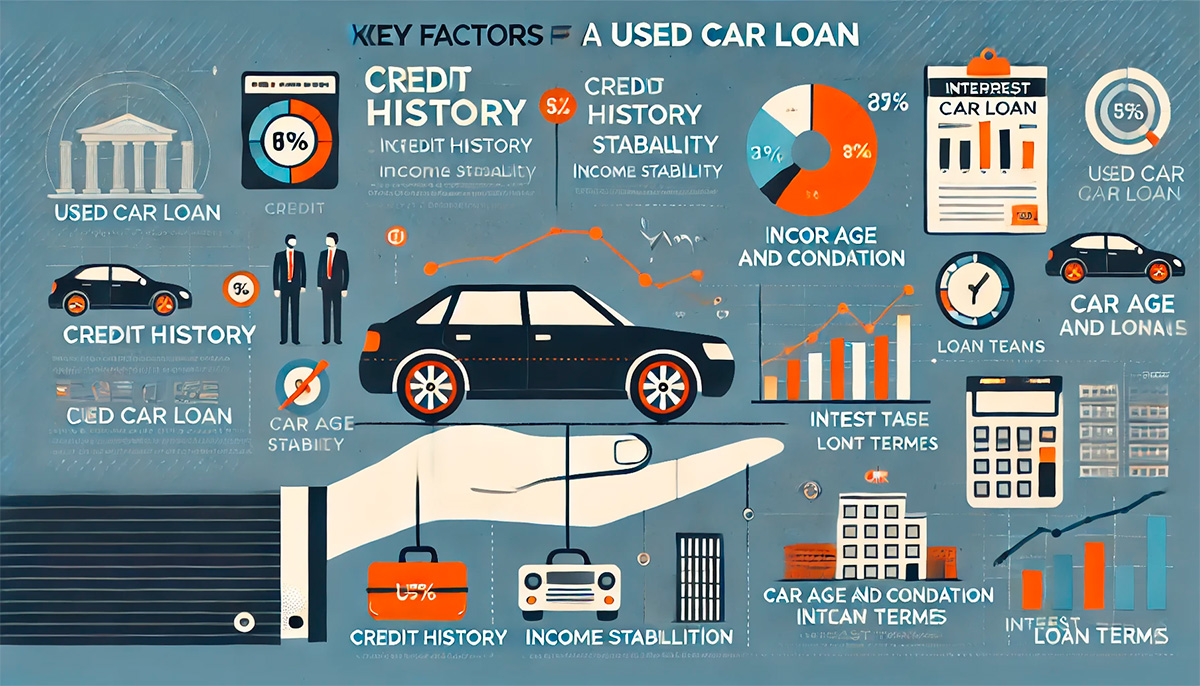In the labyrinth of modern finance, the question often arises: Is it possible to get a loan for a used car? The answer, much to the relief of many, is a resounding yes. However, the journey to securing such a loan is paved with conditions and features that one must navigate with care. This article delves into the intricacies of obtaining a loan for a used car, offering a comprehensive guide to the conditions and features that accompany this financial endeavor.
The Role of Credit History in Loan Approval
The allure of a used car lies in its affordability and the potential for a good deal. Yet, the process of financing a used car is not without its complexities. Lenders, both traditional and modern, have set forth a series of criteria that must be met to qualify for a loan. These criteria often include credit history, income stability, and the age and condition of the vehicle in question.
Credit history, that ever-present shadow of our financial past, plays a pivotal role in the approval process. Lenders scrutinize credit scores to assess the risk associated with lending. A higher credit score can unlock lower interest rates and more favorable terms, while a lower score may necessitate higher rates or even lead to loan denial. It is a dance of numbers, where each step can significantly impact the outcome.
Income Stability: A Key Pillar of Loan Eligibility
Income stability is another cornerstone of the loan approval process. Lenders seek assurance that borrowers have a steady stream of income to meet monthly payments. Employment history, current job status, and even future earning potential are all factors that lenders consider. It is a testament to the importance of financial stability in the eyes of those who hold the purse strings.
Age and Condition of the Car: What Lenders Look For
The age and condition of the used car also weigh heavily on the lender’s decision. Older vehicles or those in poor condition may be deemed higher risk, leading to stricter loan terms or outright rejection. Lenders often have specific guidelines regarding the maximum age and mileage of a car eligible for financing. It is a delicate balance, where the value of the car must align with the loan amount requested.
Interest Rates: The Heart of Loan Costs
Interest rates, those ever-fluctuating figures, are a critical component of any loan. For used car loans, interest rates can vary widely based on the factors mentioned above. Borrowers with excellent credit may enjoy rates comparable to those for new cars, while those with less stellar credit may face higher rates. It is a game of percentages, where even a small difference can have a significant impact over the life of the loan.

Loan Terms: Balancing Monthly Payments and Total Costs
Loan terms, the duration over which the loan is repaid, also play a crucial role. Shorter terms typically come with higher monthly payments but lower overall interest costs, while longer terms offer lower monthly payments at the expense of higher total interest. It is a trade-off that requires careful consideration, balancing immediate financial comfort with long-term cost efficiency.
Down Payments: Reducing the Burden of Borrowing
Down payments, that initial lump sum paid upfront, can influence the loan terms and interest rates. A larger down payment reduces the loan amount, potentially leading to better terms and lower interest rates. It is a gesture of financial commitment that can sway the lender’s decision in the borrower’s favor.
Pre-Approval: A Strategic Step in Car Shopping
Pre-approval, a process where lenders assess a borrower’s creditworthiness before car shopping, can be a valuable tool. It provides a clear picture of the loan amount and terms one can expect, streamlining the car-buying process. It is a preemptive strike, arming the borrower with knowledge and confidence before entering the dealership.
Refinancing: A Second Chance for Better Terms
Refinancing, the act of replacing an existing loan with a new one, can be an option for those seeking better terms. Changes in credit score, income, or market conditions may make refinancing an attractive proposition. It is a second chance, an opportunity to rewrite the terms of one’s financial agreement.

Understanding the Key Factors: A Summary
To better understand the interplay of these factors, let’s summarize them in a table:
| Factor | Impact on Loan |
|---|---|
| Credit History | Determines interest rates and loan approval |
| Income Stability | Assesses ability to make monthly payments |
| Age and Condition | Influences loan terms and eligibility |
| Interest Rates | Affects overall cost of the loan |
| Loan Terms | Balances monthly payments and total interest |
| Down Payments | Reduces loan amount and can improve terms |
| Pre-Approval | Provides clarity and confidence in car shopping |
| Refinancing | Offers opportunity for better loan terms |
Conclusion: Navigating the Path to Used Car Financing
In conclusion, the question of whether it is possible to get a loan for a used car is met with a myriad of conditions and features. From credit history and income stability to the age and condition of the car, each factor plays a role in the lender’s decision. Interest rates, loan terms, down payments, pre-approval, and refinancing all contribute to the complex tapestry of used car financing. Navigating this landscape requires diligence, knowledge, and a keen eye for detail. With the right approach, securing a loan for a used car is not only possible but can also be a rewarding financial endeavor.
As we navigate the winding roads of used car financing, it is essential to remember that knowledge is power. Understanding the conditions and features that govern these loans can transform a daunting process into a manageable one. So, whether you are a first-time buyer or a seasoned car enthusiast, the journey to securing a loan for a used car is one that can be undertaken with confidence and clarity. After all, in the world of finance, as in life, it is the informed traveler who reaches the destination with the least turbulence.

